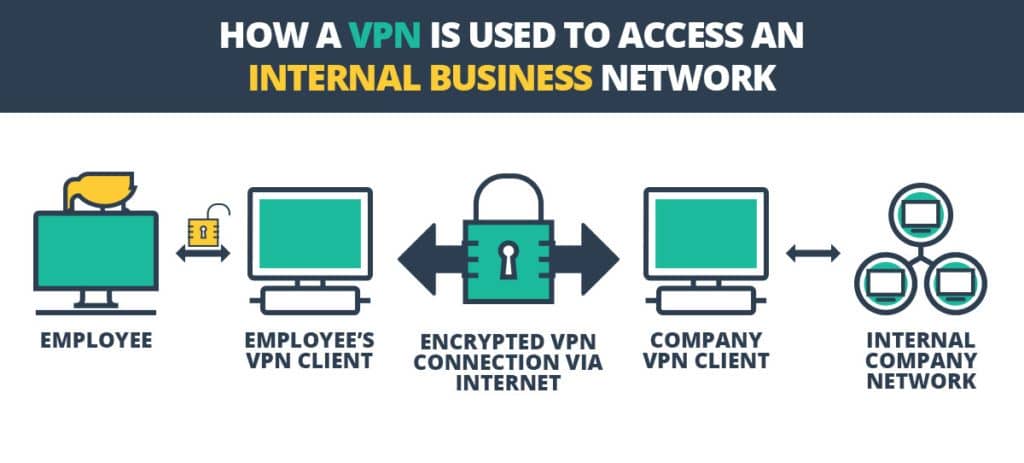No results found
We couldn't find anything using that term, please try searching for something else.

5G SA/NSA AX3000 Wi-Fi 6 Router, P5 1.0
Model Version Model Version
Model Version
Model Version
p5 1.0
CPU
CPU
IPQ5018
1.0 GHz dual – core , ARM Cortex – A53
Memory / Storage
Memory / Storage
128 MB (1 Gbit) NAND
256 MB (2 Gbit) DDR3
Cellular
Cellular
- 5G Rel. 16
- DL 4G Cat. 19 / UL 4G Cat. 18
4× Detachable
SMA Female
2× Nano SIM Slots
EU , US
EU Version Cellular
EU Version Cellular
Europe, Middle East, Africa, Asia-Pacific (Exc. JP, CN), Brazil
3.4 Gbps (NSA), 2.4 Gbps (SA)
550 Mbps ( NSA ) , 900 Mbps ( SA )
DL/UL 4CA, DL 4×4, UL 2×2 MIMO
5 G Sub 6 GHz : n1/3/5/7/8/20/28/38/40/41/71/75/76/77/78
LTE-FDD: B1/3/5/7/8/20/28/32/71
LTE-TDD: B38/40/41/42/43
WCDMA: B1/5/8
US Version Cellular
US Version Cellular
Global
3.4 Gbps (NSA), 2.4 Gbps (SA)
550 Mbps ( NSA ) , 900 Mbps ( SA )
DL/UL 4CA, DL 4×4, UL 2×2 MIMO
5G Sub 6 GHz: n1/2/3/5/7/8/12/13/14/18/20/25/26/28/29/30/38/40/41/48/66/70/71/75/76/77/78/79
LTE – FDD : b1/2/3/4/5/7/8/12/13/14/17/18/19/20/25/26/28/29/30/32/66/71
LTE – TDD : b34/38/39/40/41/42/43/48 ; LAA : B46
WCDMA: B1/2/4/5/8/19
Wireless
Wireless
2402 Mbps
574 Mbps
2T2R (2×2 MIMO)
2T2R (2×2 MIMO)
2× fix
4.79 dBi
3.59 dBi
True
- 5 GHz : 2× external
- 2.4 GHz : 2× external
Max: 170 m (558 ft)
Indoor WiFi range varies depending on the layout and wall materials. See Wall Performance spec for placement suggestions.
One wooden walls with thickness < 10 cm (4”)
One concrete wall with thickness < 20 cm (7”)
Interfaces
Interfaces
4
One port supports WAN/LAN configuration, and the rest are LAN ports
- power
- Internet
- Wi-Fi
- Cellular
DC Jack
power
power
DC
12V 2.5A
Input : 100 ~ 240 v , 50/60 Hz AC
output : 12V 2.5a DC
Reliability
Reliability
4kV
8kV
Operating Temperature: 0 ℃ ~ 40 ℃ (32 ℉ ~104 ℉)
Storage Temperature: -40 ℃ ~ 70 ℃ (-40 ℉ ~ 158 ℉)
operate humidity : 10 % ~ 90 % non – condense
storage humidity : 5 % ~ 90 % non – condense
Certifications
Certifications
FCC , CE
Mechanical
Mechanical
253×152.5×48.2 mm
9.96×6×1.9 inches
670 g (23.63 oz.)
Package Content
Package Content
- p5
- Detachable Antennas
- power Adapter
- Ethernet Cable
- Installation Guide
Ordering Information
Ordering Information
- US: 1243 g (43.85 oz.)
- EU: 1231 g (43.42 oz.)
393×250×60 mm
15.47×9.84×2.36 inch
10
- US: 12.4 kg (27.34 lbs)
- EU: 12.3 kg (27.12 lbs)
- US: 13.15 kg (28.99 lbs)
- EU: 13.3 kg (29.32 lbs)
40.8×33×52.5 cm
16.06×12.99×20.67 inch





